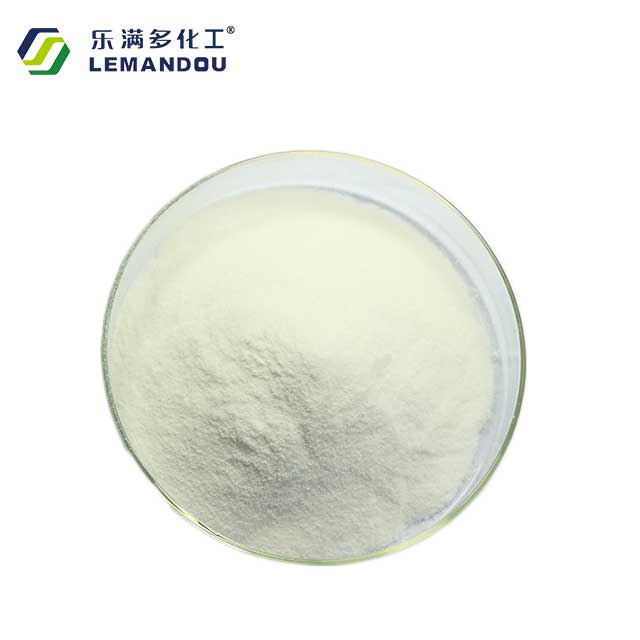(1) Promote the elongation and growth of stems
The most significant physiological effect of gibberellinic acid (gibberellin) is to promote plant growth, mainly because it can promote cell elongation. GA growth promotion has the following characteristics:
1. To promote the growth of whole plants, GA treatment can significantly promote the growth of plant stems, especially for dwarf mutant varieties, as shown in Figure 7-11. However, GA had no significant effect on the elongation of isolated stem segments, while IAA had significant effect on the elongation of isolated stem segments. The reason why GA promotes the elongation of dwarf plants is that the content of GA in dwarf species is lower than that in normal species due to the obstruction of endogenous GA synthesis.
2. Promoting internode elongation GA mainly acts on existing internode elongation, rather than promoting the increase of the number of nodes.
3. There is no inhibition effect of superoptimal concentration Even if the concentration of GA is very high, it can still show the maximum promoting effect, which is significantly different from the situation where the auxin promotes plant growth with the optimal concentration.
4. The response of different plant species and varieties to GA is very different. High yield can be obtained by using GA on vegetables (celery, lettuce, leek), grass, tea, ramie and other crops.
(2) Induction of flowering
The differentiation of flower buds in some higher plants is influenced by day length (photoperiod) and temperature. For example, biennials require a certain number of days of low temperature treatment (i.e., vernalization) to flower, otherwise they show rosette growth without bolting flowering. If GA is applied to these unvernalized plants, flowering can be induced without low temperature process, and the effect is very obvious. In addition, GA can also induce flowering of some long-day plants instead of long-day plants, but GA has no promoting effect on flower bud differentiation of short-day plants. For example, GA can promote the flowering of stevia, iron tree and cypress and fir plants.
(3) Break dormancy
Treating dormant potatoes with 2 ~ 3μg·g GA can make them germinate quickly, so as to meet the needs of planting potatoes several times a year. For seeds that require light and low temperature to germinate, such as lettuce, tobacco, Perilla, plum and apple seeds, GA can replace light and low temperature to break dormancy, because GA can induce the synthesis of α-amylase, protease and other hydrolases, and catalyze the degradation of stored substances in the seeds for the growth and development of embryos. In the beer manufacturing industry, treating budding barley seeds without germination with GA can induce α-amylase production, accelerate the saccharification process during brewing, and reduce the respiratory consumption of germination, thus reducing costs.
(4) Promoting male flower differentiation
The proportion of male flowers increased after GA treatment for the plants with the same plant. Female dioecious plants, if treated with GA, will also produce male flowers. The effect of GA in this respect is opposite to that of auxin and ethylene.
(5) Other physiological effects
GA can also strengthen the mobilization effect of IAA on nutrients, promote fruit setting and parthenocarpy of some plants, and delay leaf senescence. In addition, GA can also promote cell division and differentiation, and GA promotes cell division due to the shortening of G1 and S phases. However, GA inhibits the formation of adventitial roots, which is different from auxin
Post time: Jul-31-2024






